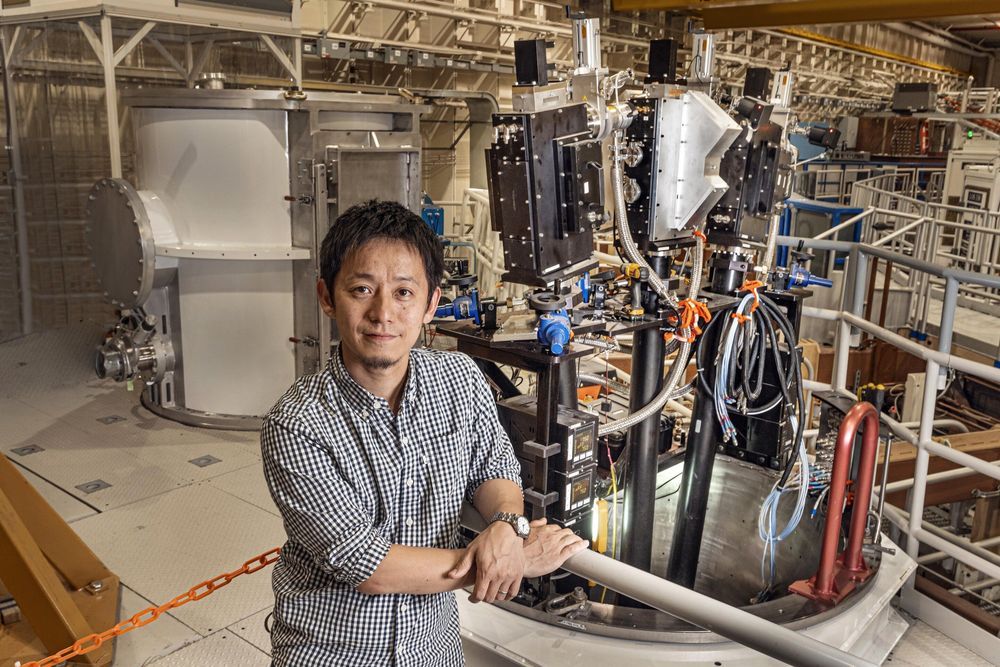Experimenting at 4.1 million degrees Fahrenheit, physicists at Sandia National Laboratories’ Z machine have found that an astronomical model—used for 40 years to predict the sun’s behavior as well as the life and death of stars—underestimates the energy blockage caused by free-floating iron atoms, a major player in those processes.
The blockage effect, called opacity, is an element’s natural resistance to energy passing through it, similar to an opaque window’s resistance to the passage of light.
“By observing real-world discrepancies between theory and our experiments at Z, we were able to identify weaknesses in opacity figures inserted into solar models,” said Taisuke Nagayama, lead author on the Sandia groups’ latest publication in Physical Review Letters.
